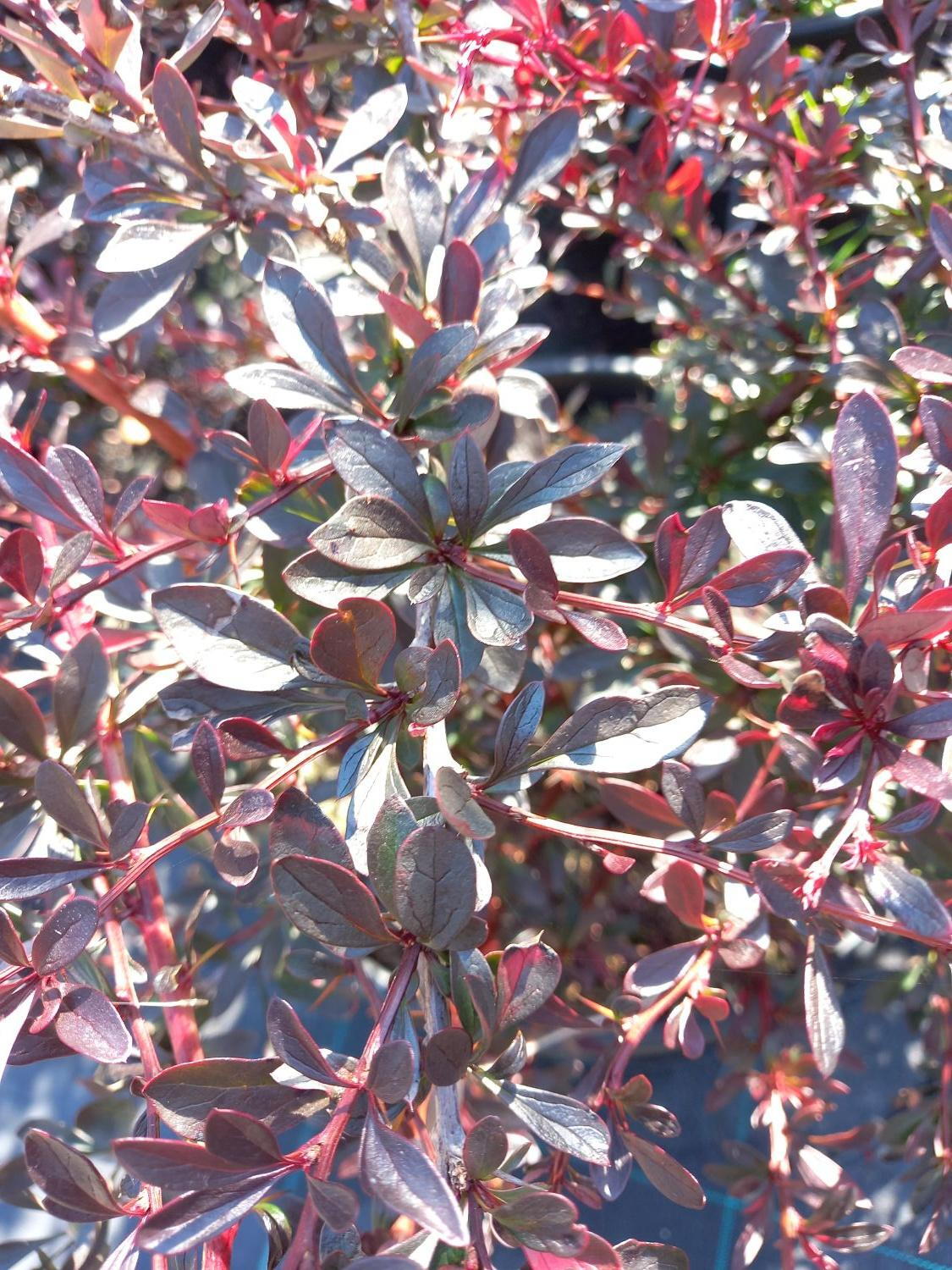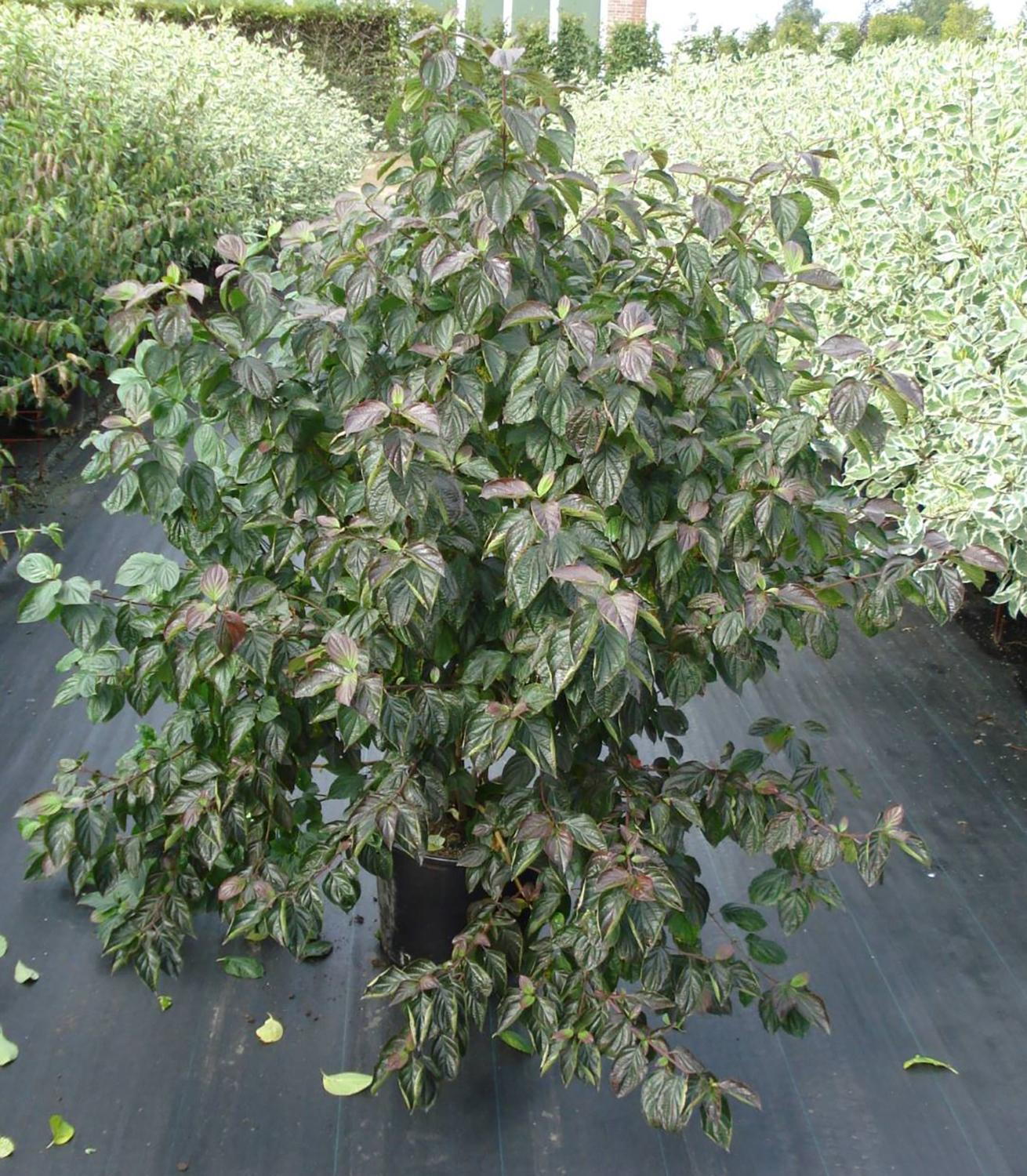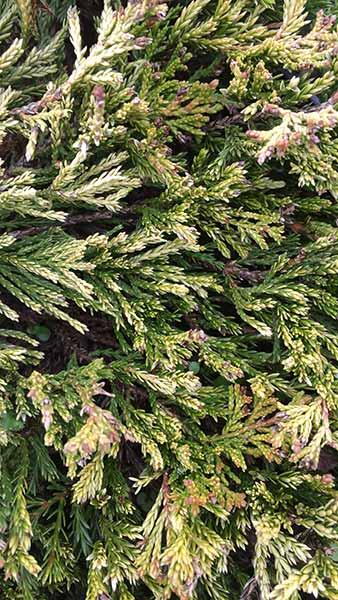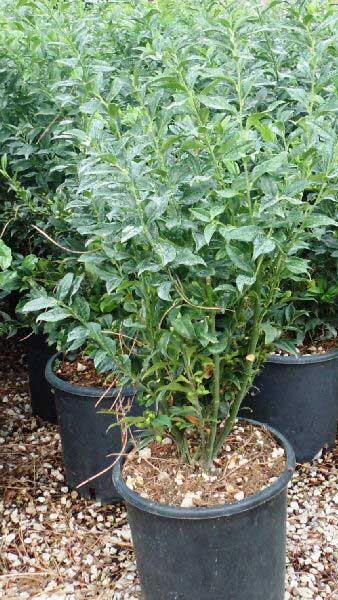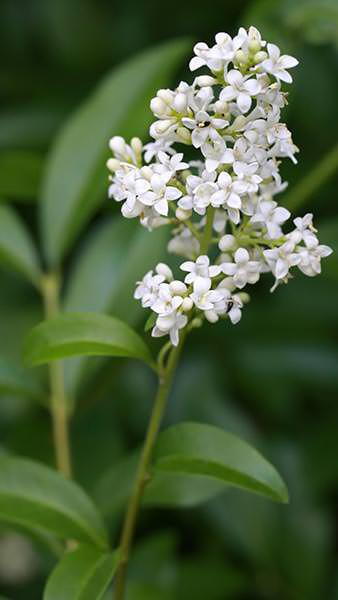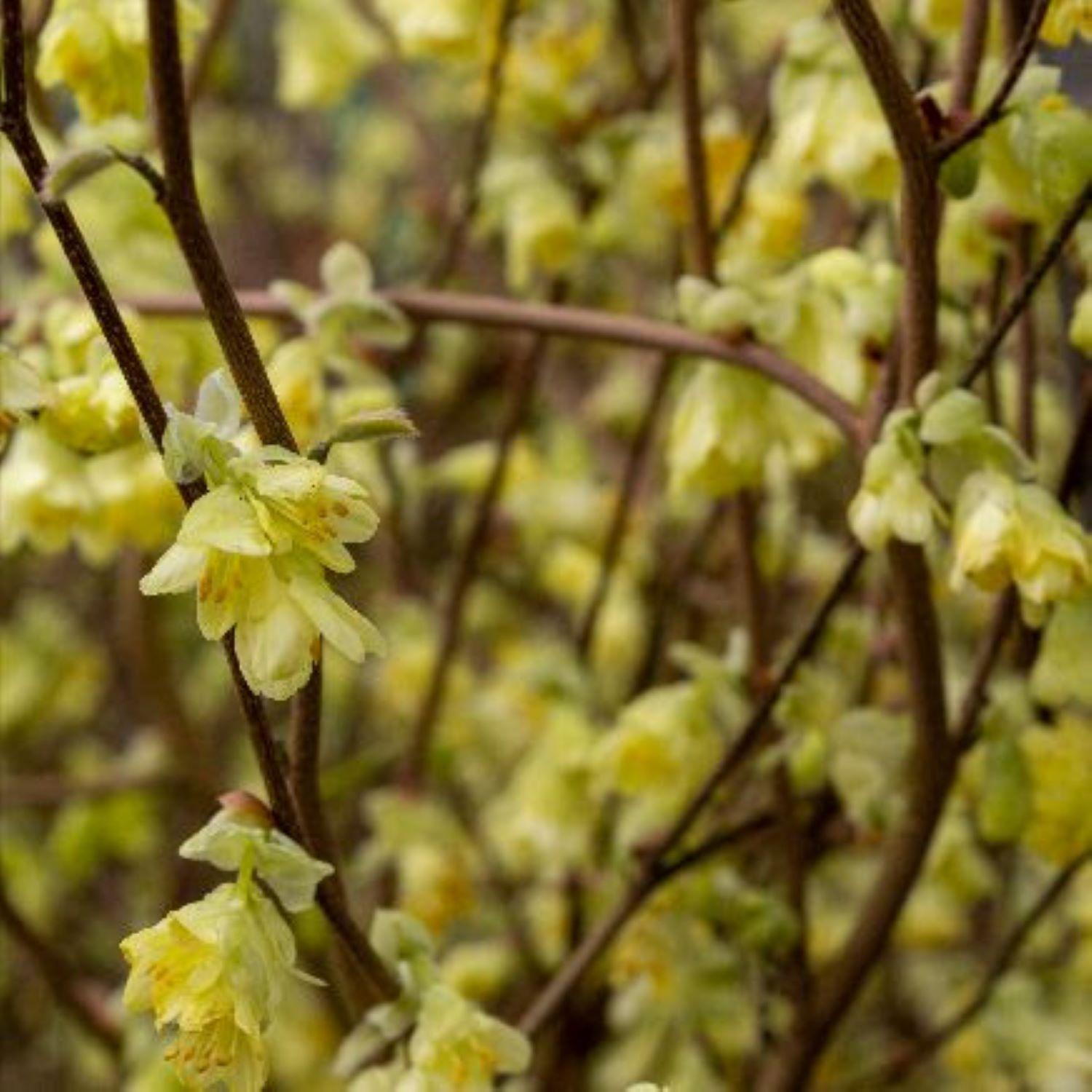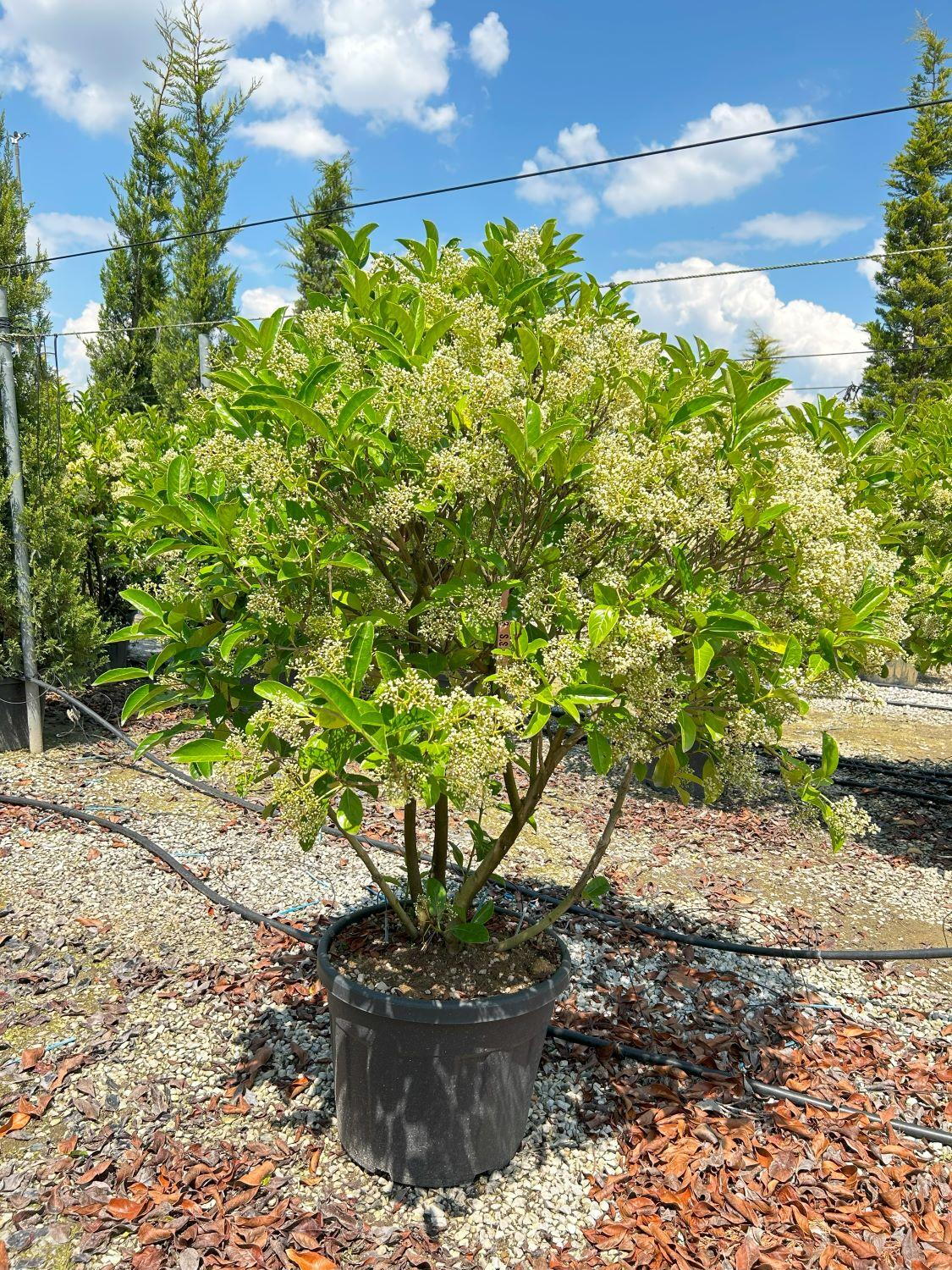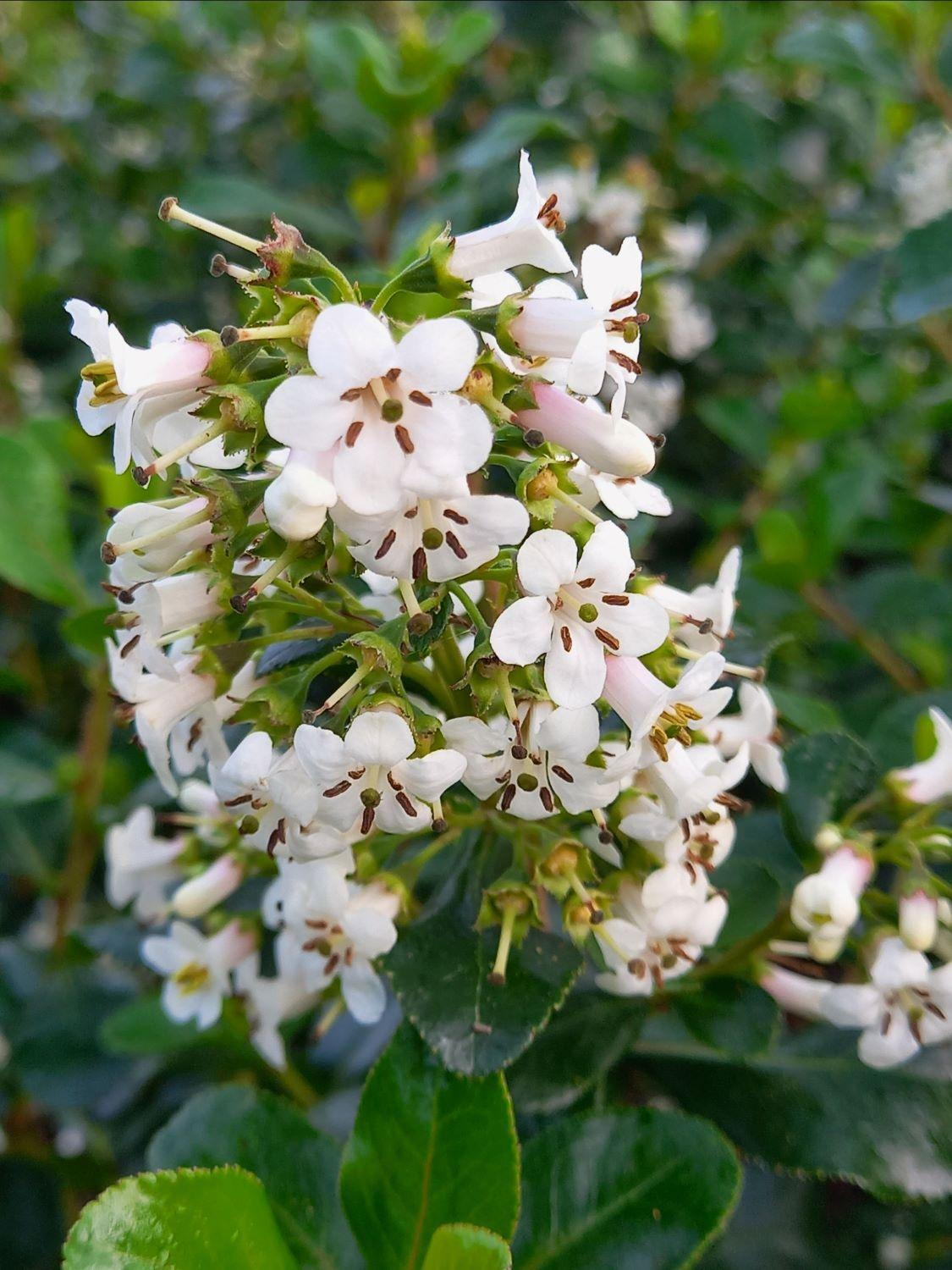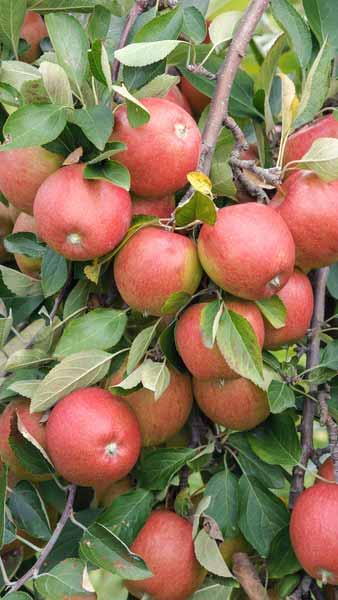Cornus Sanguinea Common Dogwood Hardy Flowering Shrub
Cornus Sanguinea or Common DogwoodCornus sanguinea or Common Dogwood, is a deciduous shrub native to Europe and western Asia. This versatile plant is prized for its year-round interest, offering stunning seasonal interest and excellent autumn colour. Each spring, it boasts clusters of creamy white flowers that attract pollinators. As the seasons change, its dark green foliage turns vibrant shades of red, orange, and purple in autumn. The striking red stems revealed during winter add a dramatic flair to the garden landscape./sunny-position.htmlCommon Dogwood typically forms a dense, multi-stemmed shrub. Its leaves are ovate, slightly wavy, and taper to a point, with prominent veins. In late spring to early summer, small, flat-topped umbels of creamy white flowers emerge, providing nectar for bees and other insects. By autumn, these flowers develop into dark purplish-black berries that are a valuable food source for birds. The foliage undergoes a spectacular transformation in autumn, creating a fiery display before shedding to reveal vivid red bare stems, especially striking against a snowy backdrop.Height and Spread of Cornus sanguineaMature Dogwood specimens typically reach a height and spread of 2 - 3 meters. Growth rates are moderate, and it can be pruned to control size or shape without compromising its ornamental appeal.How Hardy is Cornus sanguinea?Cornus sanguinea is incredibly hardy, thriving in the most severe of UK temperatures. Dogwood is frost resilient, does not mind harsh winters and tolerates urban pollution, making it a reliable choice for various climates and environments.How To Use Cornus sanguineaCommon Dogwood is a versatile shrub suitable for various garden settings. It makes an excellent hedging screen or windbreak due to its dense growth. Its vibrant stems are perfect for creating winter interest in mixed borders or as a focal point. It is also a valuable addition to wildlife gardens, providing habitat and food for birds, insects, and other small animals. Its tolerance for damp conditions makes it an excellent choice for stabilizing soil in wet areas or alongside streams and ponds.For a show-stopping winter display, combine this common variety with Cornus Sanguinea Winter Beauty (yellow stems) and or Cornus Sanguinea Magic Flame (orange and yellow stems with red tips). See also Annys Winter Orange and Midwinter Fire. How To Care For Cornus sanguineaCornus sanguinea is undemanding and easy to maintain. It thrives in full sun to partial shade and prefers well-drained, moderately fertile soil, though it tolerates poor or wet soils. To maximize the colorful winter stems, prune a third of the oldest stems to the base in late winter or early spring, encouraging new growth. Mulching annually with compost or well-rotted manure will help retain moisture and improve soil health. Regular watering is necessary during establishment, but once established, the shrub is drought-tolerant. With minimal effort, this plant rewards gardeners with year-round beauty and ecological benefits.
